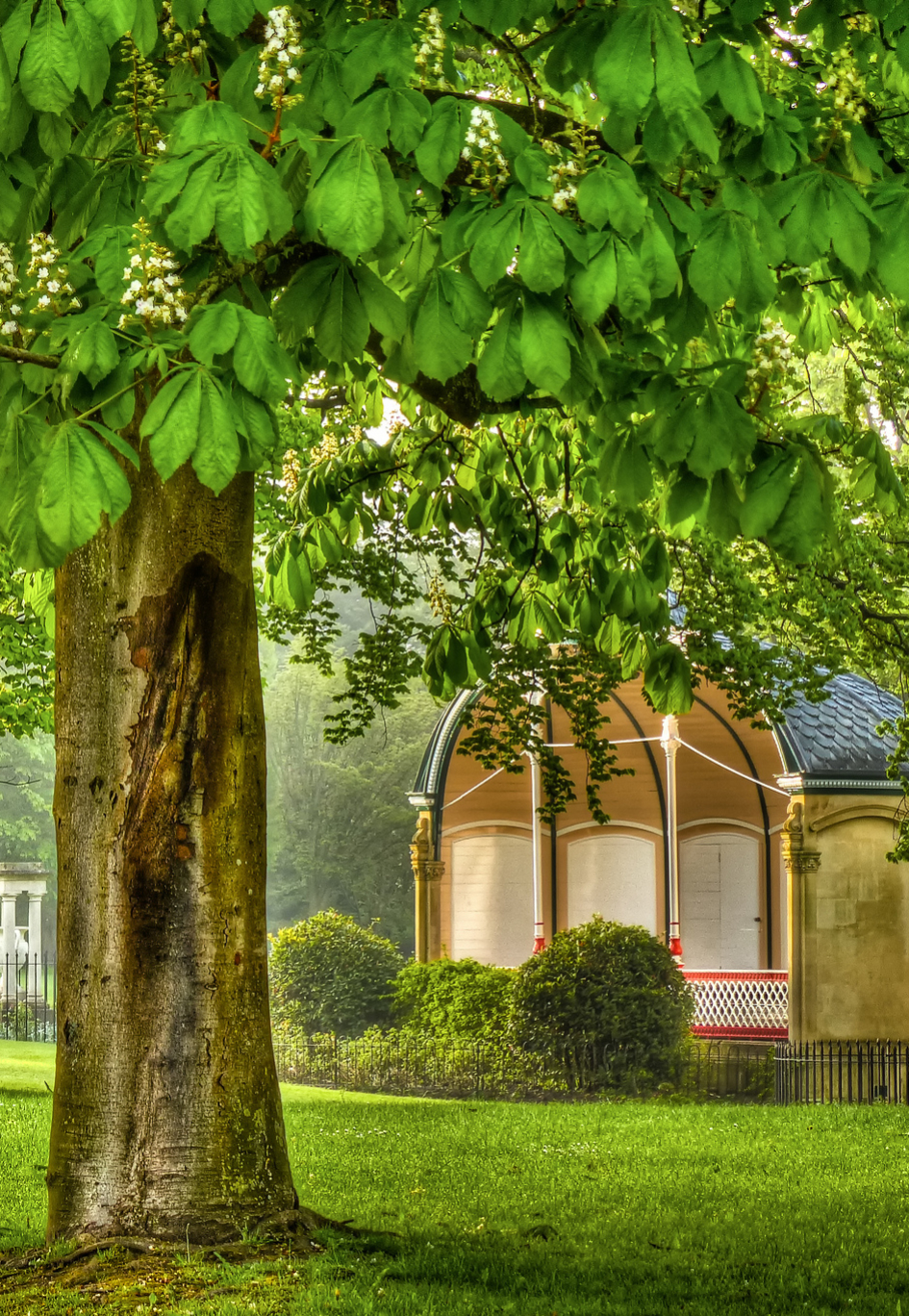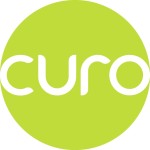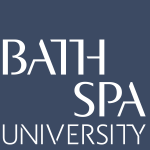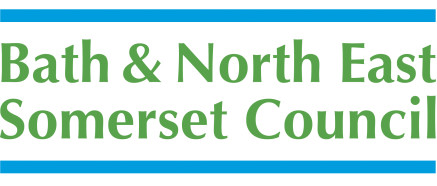At the ideas session for our environment hackday this week, we were joined by Jane Wildblood, Cleo Newcombe-Jones, and Paul Pearce of the B&NES sustainability team. We had an interesting discussion about smart energy, plans to develop the riverside area of Bath and how to encourage more use of green spaces around the city. Here’s what we learned.
Jane Wildblood introduced us to the smart energy vision being developed for the local area. Smart energy – making more use of locally produced energy, and increasing the efficiency with which energy is used – has some large potential impacts. Locally producing energy, through renewable sources could lead to a 40% improvement to production and enable around £157m to stay within the local economy. Currently much of that is going to the large energy providers rather than staying with local community owned initiatives like BWCE.
Better use of energy will also help reduce carbon footprints of local businesses, citizens, and the public sector. B&NES doesn’t have any heavy industry so the main energy users are the public sector, education, health and retailers.
While improving the way in which energy is produced and used locally will take time and require investment in infrastructure, e.g. smart meters and local energy storage, there are some short term benefits to be gained from making businesses and citizens more aware of their energy usage and their options to use energy more efficiently. The benefits here are greater than just savings to individual energy bills: reducing peak loading (e.g. at home time & early evening) can even out energy consumption that may otherwise draw on less efficient or environmentally sources. So there’s are wider environmental and economic benefits.
B&NES also has a number of areas of fuel poverty, both in rural areas and in the city. These map to known areas of deprivation. It is thought that this contributes up to £3.8m in costs to the local health service. So, again, there are large potential benefits to both individuals and wider society.
The planned installation of more electric charging points also offers incentives for people to choose greener options for commuting and transport. Electric cars also form the basis for “smart grids” which may draw on car batteries as reserve stores to help address peak loading. We have data on the current charging points, but it may be interesting to analyse where to put the new charging points based on known commuting patterns.
Green Spaces
Cleo Newcombe-Jones, and Paul Pearce have been working with us to open up more data about the green spaces in the city. Paul gave a short presentation about the work of the sustainability team and Cleo gave an overview of the types of data and information that the council currently holds. Collectively the team at the council are interested in:
- helping residents and visitors understand more about the local green spaces, to encourage recreational use
- encouraging innovative uses of green spaces, e.g. areas ripe for guerilla gardening and encouraging scrumping, for example can we help people find local fruit & nut trees?
- exploring ways to make parks and green spaces more interesting and engaging, e.g. by creating walking trails, showcasing more of our local heritage, and a mixture of innovative physical-digital experiences (we discussed allowing people to share thoughts, feelings and memories around park benches)
- mapping local habitats and wildlife to support environmental groups
- understanding the range of online tools that might help communicate and encourage discussion around plans to develop the green areas of the city
There are some great opportunities here to create some fun and interesting applications for both visitors and residents of all ages. We’re hoping to get a range of new data sets published to help us properly explore them at the hack day. It was great to see the council team enthused about the possibilities, keen to share more data and work with the community. This short video about creating environmentally sustainable communities is also a great introduction to ongoing work in the area.
If you have ideas to share, please leave a comment. Check out our meetup page for the dates and speakers for the next ideas sessions and to sign-up to the hackday. You can also sign-up to Transition Bath’s newsletter to learn more about their work.







